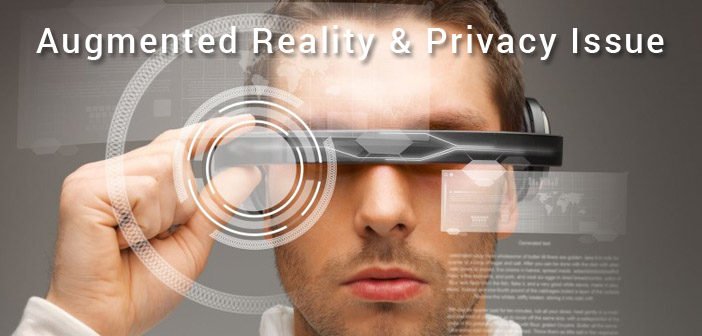Privacy is a big deal these days. From teenagers to nations, privacy is a huge issue. First let us start with how a typical AR application works.
AR applications have three stages:
1) Sensing input
2)Transforming sensed objects (e.g., adding virtual objects)
3)Rendering the transformed objects to the user.
The existing AR browsers work similar to the web browsers by using HTML and executing Javascript. The only difference is the business model since Augmented reality is still a nascent industry and there is not much content available. Here in this post, We are going to discuss the privacy concerns in Augmented reality and how we can address them-
Browsers do not support AR
AR browsers outsource image processing and merges images from the onboard camera with third party content. For example, private items like ID’s and License plates can be used to trigger malicious content. This content can be further used for stalking the user. This can be prevented by using non-HTML content since HTML does not support 2-D, 3-D, and animations. AR browsers usually send images to a server to process. This is because image processing is a huge computational task which cannot be performed easily. Unlike conventional Web browsers, AR browsers launch a channel when scanning a QR code related to it. The attacker may trick the user’s browser by putting the image in a public place.
Malicious Websites can fool users
AR ads can be included as syndicated ads which can be used as click bait to lure users into harmful sites. AR browsers usually take liberty in accessing camera feed. Always-on cameras and other sensors will also create a privacy risk for bystanders. Bystanders should be able to choose to opt out or anonymised by blurring. Multi-application Augmented reality apps exchange information to each other accentuating our concerns. This can be solved by adding multiple layers of security to protect the user’s private information by using something similar to https for animations and video content.In conclusion, Augmented reality systems, with their sophisticated and pervasive input, output, and processing capabilities, have the potential to significantly benefit many users. To complement ongoing innovations in AR
In conclusion, augmented reality systems, with their sophisticated and pervasive input, output, and processing capabilities, have the potential to significantly benefit many users. To complement ongoing innovations in AR technologies, now is the time to define a roadmap for computer security and ensuring privacy of AR systems before these systems become widely deployed and their architectures become entrenched.




